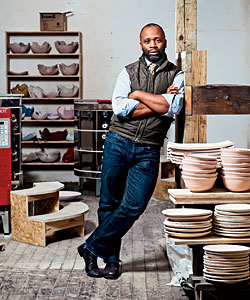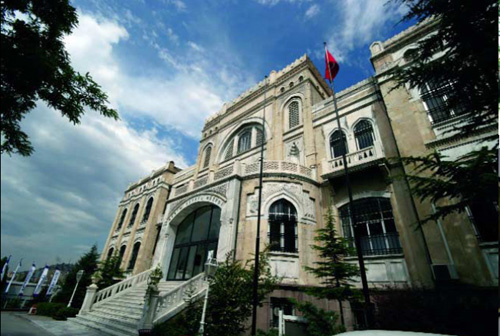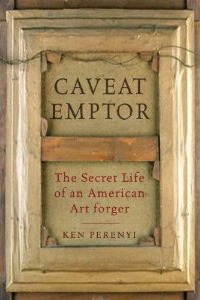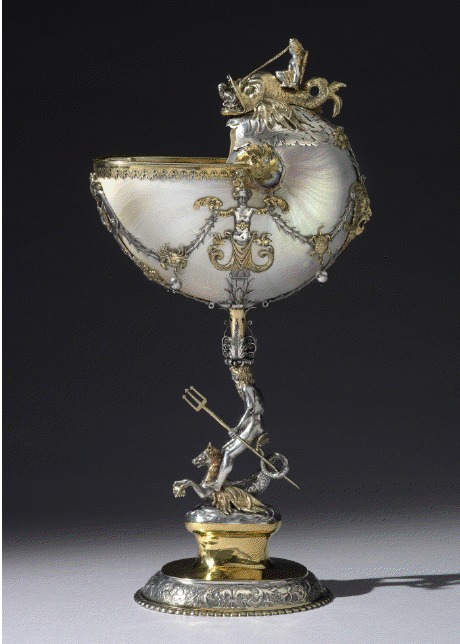 Since June 30, the Wadsworth Atheneum has been showcasing recent acquisitions in a special show called The Museum Collects, which goes beyond the practice some museums have of placing new acquisitions in a special gallery (though I like that, too) — it’s out to explain why museums buy certain things. As Robin Jaffee Frank, the museum’s Chief Curator, told the Hartford Courant:
Since June 30, the Wadsworth Atheneum has been showcasing recent acquisitions in a special show called The Museum Collects, which goes beyond the practice some museums have of placing new acquisitions in a special gallery (though I like that, too) — it’s out to explain why museums buy certain things. As Robin Jaffee Frank, the museum’s Chief Curator, told the Hartford Courant:
When you acquire a new work of art, it’s exciting, but it also has to contribute something to the understanding of works that are already here. You have to justify how it enriches the collection, how it is filling a gap and enhancing the museum’s existing strengths, or maybe how it can take that strength in a new direction…. It has to help tell a larger story about art and culture than the museum was already telling.
This helps demystify museums, explaining why they do what they do, and it’s a trend I applaud. The Atheneum has also scheduled a series of gallery talks called “Conversations With Curators” that explores these decisions more deeply.Â
The Courant article provides several examples, including two pieces of furniture in the exhibition — one is a cupboard “made in Virginia in the 17th century,” that the Atheneum has owned for a long time. “The other, a fall-front desk made around 1870 by emancipated slave William Howard, was recently acquired,” and Frank said that Howard would have known of similar pieces, as he borrowed ideas from it.
When I wrote an article about acquisitions endowments for The New York Times earlier this year, the Minneapolis Institute of Arts provided me with the documentation used by its curators to propose several recent acquisitions. Although I’ve been writing about museums for a long time, I found them enlightening. Not that they were out of the ordinary — I might have guessed the topics if I’d spent any time thinking about it, but the truth is, I hadn’t. Here they are, though I should add that not every sheet (MIA sent me four or five) had all of them:
- Description and Summary of Object or Group of Objects
- Artist, Style, and explanation of the proposed object
- Condition
- Provenance
- Related Objects:
- Complements the Existing Collection
- Plans for exhibiting
- Why do you recomment the object?
- Comparable Market Prices
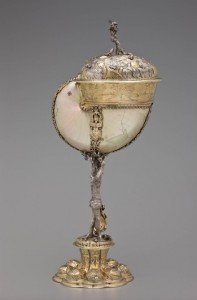
I think the public would be fascinated by the answers to these questions for important acquisitions. I’m going to share one of them, for the cup shown here – Nautilus-Cup – which the MIA purchased last year. When museum people talk about stirring up more interest in their permanent collections, sharing information like this should be on the list.
Photo Credit: Courtesy of the Minneapolis Institute of Arts (top); Detroit Institute of Arts (bottom)




